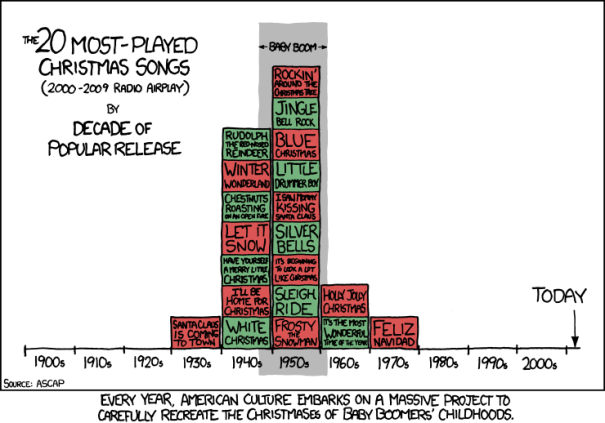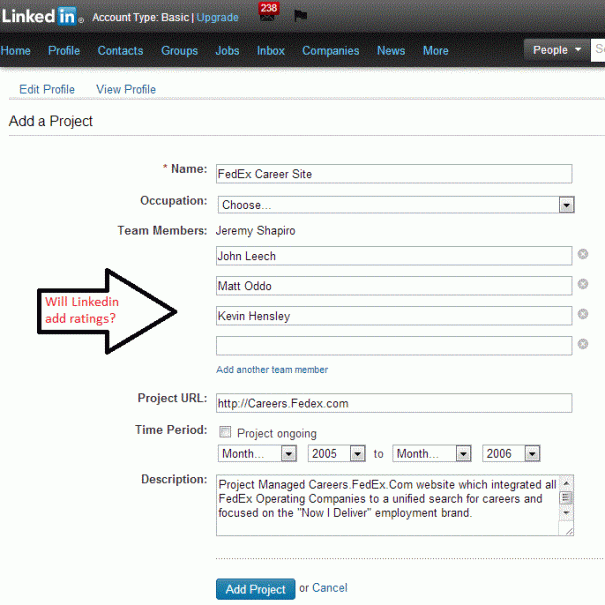On my commute home last night, my 10 yr old rang me with an upset voice. This is not unusual. She has little sisters. This call was different. She was upset because a 13 yr old named Talia Castellano had died. I didn’t know she had a friend named Talia, but through gentle probing I learned that Talia was a young cancer patient who loved makeup and recorded videos on YouTube about it. (Her most watched video was seen 1.3MM times.) My daughter had been obsessed with makeup lately, and apparently Talia was the reason why. A 13 yr old cancer patient I never met changed my daughter’s life from afar.
Last week, a different young person in Egypt captured my attention when, during an interview, he rattled off a more sophisticated analysis of politics in Egypt than CNN by several times over. He made an impression, and changed my mind about Egyptian politics.
It seems like the pace of single individuals impacting a much larger group, whether a company, country, or the world, is increasing. Some portrayed as villains… Ed Snowden sitting in a Moscow neutral zone. Or an office of the IRS with a bad idea for fighting not-for-profit fraud. Some heros… Like Talia or Elon Musk, who, is executing on revolutionary ideas about travel every month.
Many of the tools we use in talent analytics focus on central tendency and deviation from that tendency. I use means testing about as well as the next guy, but it tells me less than needed about exceptional individuals (in either positive or negative directions). And those are the stories that we need to tell more in analytics. These are questions like… What is the best possible outcome for (X)? What is the worst?
An example… Engagement surveys tell us about employee attitudes expressed in average % favorable / unfavorable scores. The instinct of many managers is that they should all read 100% favorable. (I can be guilty of that too. It’s hard not to take results personally.) Given a sufficiently large population, however, it’s fair to ask what the best possible outcome for a question could be. 200 people will almost never score an amazing leader perfectly. People are just not that uniform. Statistically, what’s the best number you could expect? As analysts, we need to know what exceptional performance really looks like.
I’m a fan of Nassim Taleb’s work The Black Swan, and drawn to his conclusion that the extremes matter more than we assume in everyday work. I’m wondering today if we should be looking for black mice, not black swans.
Why mice? We all know black mice exist. There are probably lots of them, but we don’t see them that frequently. And they make smaller, but tangible impacts on an organization. Someone said to me once, “You can measure the average with employees all you want, but the exceptions will make or break your business.” Seems like this is becoming more true today vs. yesterday.
Talia and Ed and the little Egyptian boy will be out of the news cycle shortly, replaced by others. Some will propel organizations to greatness. Some will hurt them. As analysts, what’s our role in understanding the extremes? That’s a post for another day.






